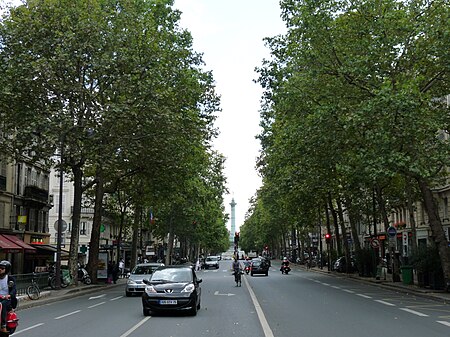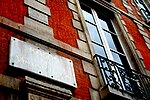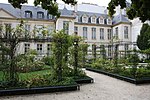The Confluence Institute, in full: Confluence Institute for Innovation and Creative Strategies in Architecture, is an independent international school of architecture in Paris.
Founded in 2014 by French architect Odile Decq and Matteo Cainer, originally from Lyon, the Confluence Institute was created with the aim of breaking the rules of conventional architectural education and exceeding the expectations of traditional architectural pedagogy. To this end, the transdisciplinary approach is based on five themes - neuroscience, new technologies, social action, visual arts and physics - which are taught in a dynamic curriculum delivered in French and English, combining theory and practical learning.
This public school, which has been based in Paris since 2018, does not allow students to practise the profession of architect in France, as the diplomas obtained are not recognised and it is not possible to register with the Chamber of Architects or use the title ‘architect’. In February 2018, the Royal Institute of British Architects recognised the bachelor's and master's degrees awarded by the Confluence Institute.
The five-year programme in French and English, which concludes with a RIBA Diploma Part 1 (Architectural Diploma, Architecture Confluence Degree A (RIBA part 1)) and 2 (Architecture Confluence Degree B (RIBA part 2)), consists of two cycles and an advanced research programme.
The school of architecture is supported by Hitoshi Abe, Bernard Tschumi, Beatriz Colomina, Peter Cook, Cynthia Davidson, Peter Eisenman, Kristin Feireiss, Anna Heringer, Dominique Hervieu, Francine Houben, Špela Hudnik, Irina Korobina, Anupama Kundoo, Kent Martinussen und Eric Owen Moss.
The university is located at 11 Rue des Arquebusiers in Paris.











